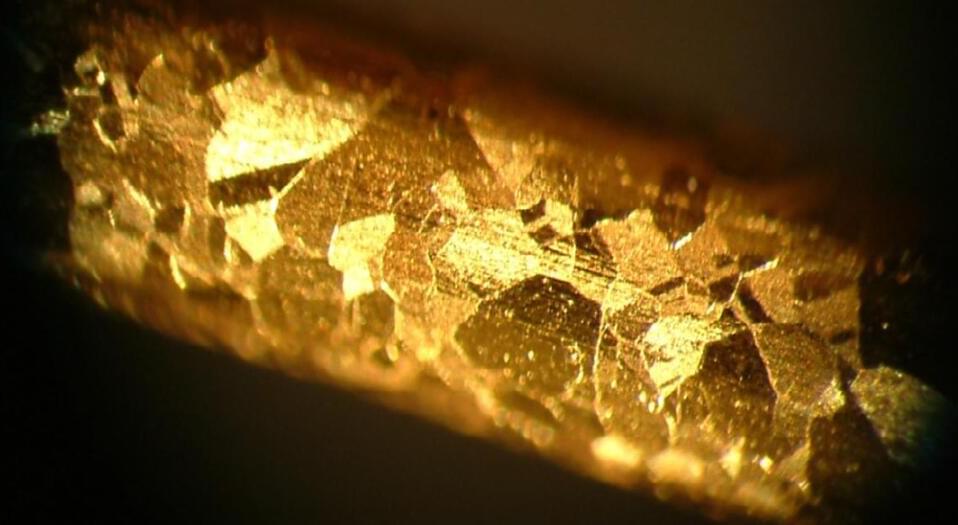It has often been proclaimed that Moore’s Law is dead, but with recent advancements in Artificial Intelligence, computer chips may now be designed 10x faster than before and that in turn, is going to save Moore’s Law and the exponentially increasing processing powers of CPU’s and GPU’s.
These Chips designed by an Artificial Intelligence, are also going to help in the ongoing computer chip shortage. Faster and more quickly desgined chips are definitely a good thing and we might soon be able to see the benefits.
–
If you enjoyed this video, please consider rating this video and subscribing to our channel for more frequent uploads. Thank you! smile
–
TIMESTAMPS:
00:00 What is Moore’s Law.
01:35 The announcement.
03:06 What has been accomplished.
05:16 Even more advantages.
06:32 Last Words.
–
#ai #mooreslaw #cpu



